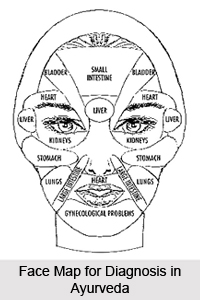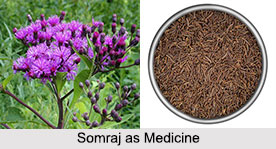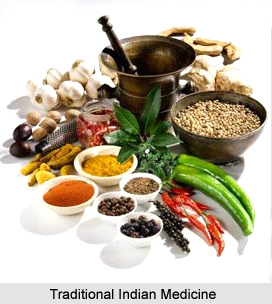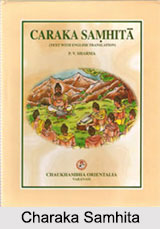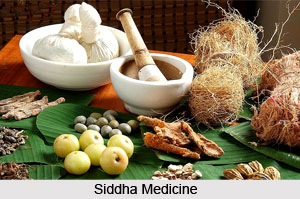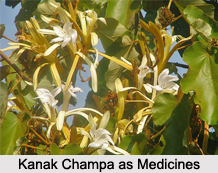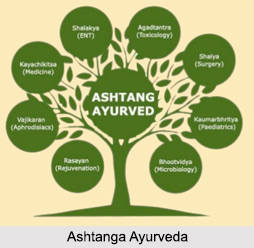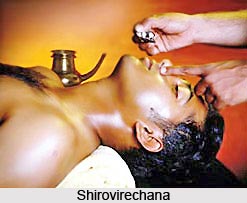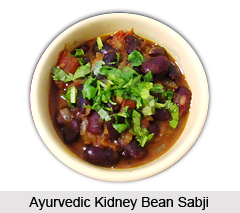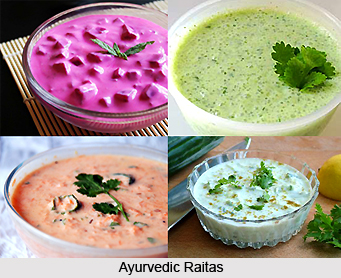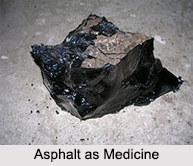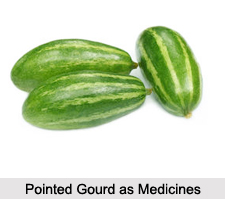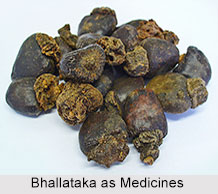 Bhallataka has been used in various traditional systems of medicines for various ailments since ancient times. It is used extensively in piles, skin diseases, etc. Its botanical name is Semecarpus anacardium. The acrid juice of marking nuts is a powerful vesicant and is often employed by the natives for producing fictitious marks of bruises.
Bhallataka has been used in various traditional systems of medicines for various ailments since ancient times. It is used extensively in piles, skin diseases, etc. Its botanical name is Semecarpus anacardium. The acrid juice of marking nuts is a powerful vesicant and is often employed by the natives for producing fictitious marks of bruises.
Earliest reference about Bhallataka is found in the Panini Sutra. Charaka emphasized the rasayana property of Bhallataka and described 10 types of preparation with it. He considered Bhallataka as the best drug to cure the diseases related to Kapha.
Health Benefits of Bhallataka
The ripe fruits are regarded as acrid, heating, stimulant, digestive, nervine and escharotics and are used in dyspepsia, piles, skin diseases, nervous debility, etc. This tree is beneficial in treating rheumatoid arthritis, skin diseases, tumours and malignant growths. The kernel oil is used externally on gout, leucoderma, psoriasis and leprosy. Detoxified nut are used for medicinal purpose.
Dose of Bhallataka in Medicine
Various medicines are prepared for internal use by being boiled with cow-dung and afterwards washed with cold water. Equal parts of marking nuts, chebulic myrobalans and sesamum seeds, are made into a confection with treacle and administered in doses of 40 to 60 grains.
"Amrita Bhallataka" is described as a powerful restorative tonic, which increases the appetite, promotes nutrition and strength, prolongs life and so forth. It is used in haemorrhoids and other diseases of the rectum. To prepare this tonic; take ripe marking nuts divided into halves, 8 seers, boil them in 32 seers of water till the latter is reduced to one-fourth and strain. Again boil the nuts in 16 seers of milk with the addition of 4 seers of clarified butter, till reduced to a thick consistence. Then add sugar 2 seers and set aside for 7 days, when the preparation will be ready for use. The dose of this tonic should be about 1 to 2 scruples.
Another confection of marking nuts, made with the addition of a number of aromatic substances, is recommended for use in skin diseases and leprosy. Marking nuts enter into the composition of some caustic applications for warts and piles. They form an ingredient of a liniment for rheumatic affections called "Saindhavadya Taila".
Related Articles
Ayurveda
Ayurveda Medication
Elements of Ayurveda
Concepts of Ayurveda
Ancient Literature of Ayurveda
Sushruta Samhita






